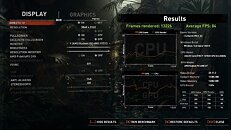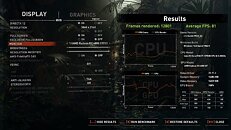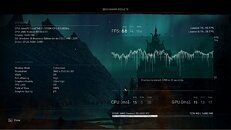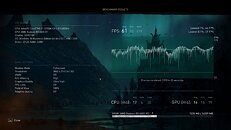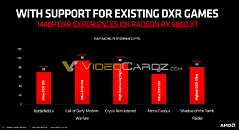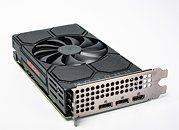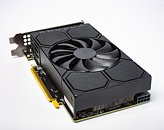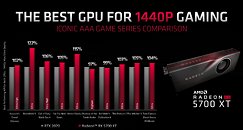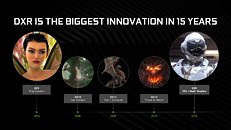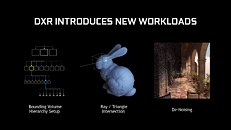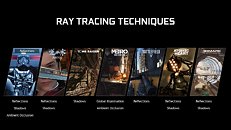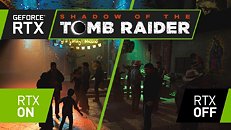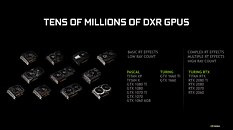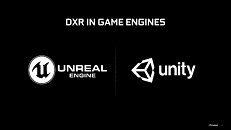
NVIDIA RTX 4080 20-30% Slower than RTX 4090, Still Smokes the RTX 3090 Ti: Leaked Benchmarks
Benchmarks of NVIDIA's upcoming GeForce RTX 4080 (formerly known as the RTX 4080 16 GB) are already out as the leaky taps in the Asian tech forumscape know no bounds. Someone with access to an RTX 4080 sample and drivers on ChipHell forums, put it through a battery of synthetic and gaming tests. The $1,200 MSRP graphics card was tested on 3DMark Time Spy, Port Royal, and games that include Forza Horizon 5, Call of Duty Modern Warfare II, Cyberpunk 2077, Borderlands 3, and Shadow of the Tomb Raider.
The big picture: the RTX 4080 is found to be halfway between the RTX 3090 Ti and the RTX 4090. At stock settings, and in 3DMark Time Spy Extreme (4K), it has 71% the performance of an RTX 4090, whereas the RTX 3090 Ti is 55% that of the RTX 4090. With its "power limit" slider maxed out, the RTX 4080 inches 2 percentage-points closer to the RTX 4090 (73% that of the RTX 4090), and with a bit of manual OC, it adds another 4 percentage-points. Things change slightly with 3DMark Port Royal, where the RTX 4080 is 69% the performance of the RTX 4090 in a test where the RTX 3090 Ti does 58% that of the RTX 4090.
The big picture: the RTX 4080 is found to be halfway between the RTX 3090 Ti and the RTX 4090. At stock settings, and in 3DMark Time Spy Extreme (4K), it has 71% the performance of an RTX 4090, whereas the RTX 3090 Ti is 55% that of the RTX 4090. With its "power limit" slider maxed out, the RTX 4080 inches 2 percentage-points closer to the RTX 4090 (73% that of the RTX 4090), and with a bit of manual OC, it adds another 4 percentage-points. Things change slightly with 3DMark Port Royal, where the RTX 4080 is 69% the performance of the RTX 4090 in a test where the RTX 3090 Ti does 58% that of the RTX 4090.

















